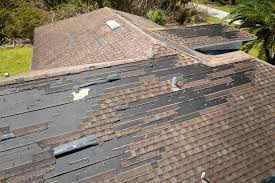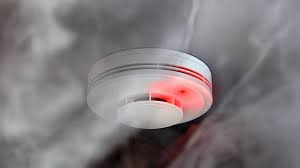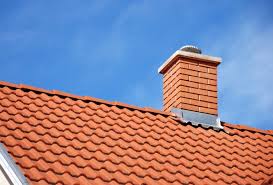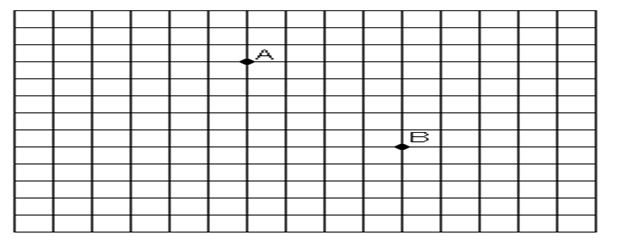Whether you’re buying or renting a home, a thorough inspection is essential to ensure you’re making a sound decision. Here’s a detailed guide to help you understand what to look for during a home inspection, allowing you to uncover potential issues and avoid costly repairs or inconveniences in the future.
Introduction
When you’re considering a home, whether for purchase or rent, a detailed inspection can reveal hidden problems that might not be obvious during a casual walkthrough. By knowing what to look for, you can make an informed decision and negotiate necessary repairs or adjustments with the seller or landlord. This inspection helps you understand the true condition of the property and ensures that you’re not faced with unexpected issues after moving in.
Structural Components
1. Foundation
- Cracks and Shifts: Walk around the exterior of the house and inspect the foundation for cracks. While hairline cracks might not be a major concern, larger or horizontal cracks can indicate serious structural issues. Use a flashlight to check for any signs of movement or settling in the foundation, which can lead to costly repairs if not addressed.
- Water Damage: Check for signs of moisture, such as damp spots, efflorescence (white mineral deposits), or mold, which can weaken the foundation over time. Inspect the basement or crawl space for any water intrusion, standing water, or musty odors. Water damage can compromise the structural integrity of the foundation and lead to further issues like mold growth.
2. Roof
- Shingles: Look for missing, cracked, or curling shingles. These signs can indicate that the roof is aging and might need replacement soon. Also, check for any granule loss on asphalt shingles, which can reduce the roof’s effectiveness in protecting the home from the elements.
- Gutters and Downspouts: Ensure gutters are firmly attached and free of debris. Proper drainage is crucial to prevent water damage. Inspect for any sagging gutters or disconnected downspouts, which can cause water to pool around the foundation and lead to leaks or structural damage.
- Flashing: Inspect the areas around chimneys, vents, and skylights. Damaged or missing flashing can lead to leaks. Make sure that the flashing is properly sealed and that there are no gaps or rust, as these can allow water to penetrate the roof and cause damage to the interior of the home.

Exterior Components
3. Exterior
- Siding: Examine the siding for any damage, such as cracks, rot, or peeling paint. These issues can allow moisture to penetrate and cause further damage. Check for signs of pest infestation or holes where pests could enter. Quality siding should be well-sealed and properly painted or treated to prevent weather damage.
- Windows and Doors: Open and close all windows and doors to ensure they work properly. Check for gaps that could let in drafts or pests. Ensure that the windows and doors have proper seals and weather stripping. Look for signs of rot or water damage around the frames, which can indicate poor installation or long-term exposure to the elements.
Interior Components
4. Electrical System
- Wiring: Inspect the visible wiring for any frayed or outdated wires. These can be fire hazards and should be updated. Check for proper grounding and any signs of amateur electrical work, such as makeshift wiring or overloaded circuits.
- Outlets and Switches: Test all outlets and switches to ensure they function correctly. Look for signs of overheating, such as scorch marks. Ensure that GFCI (Ground Fault Circuit Interrupter) outlets are installed in areas with water exposure, like bathrooms and kitchens.
- Electrical Panel: Open the main electrical panel and look for rust, corrosion, or outdated components. Ensure the panel is labeled correctly and that there’s no evidence of tampering or amateur modifications.
5. Plumbing System
- Pipes: Check for leaks, corrosion, or water stains on pipes, especially in the basement or crawl spaces. Look for signs of mold or mildew, which can indicate ongoing moisture issues.
- Hot Water Heater: Examine the hot water heater for signs of rust or leaks. Note its age, as older units may need replacement soon. Check the temperature settings and the pressure relief valve to ensure they are functioning correctly.
Safety Features
7. Smoke and Carbon Monoxide Detectors
- Installation: Make sure smoke and carbon monoxide detectors are installed on each level of the home and near bedrooms. Ensure they are placed in key areas, such as the kitchen, hallways, and living areas.
- Functionality: Test each detector to confirm it works properly. Replace batteries if needed. Check the expiration dates on the detectors, as they may need to be replaced every 7-10 years.
8. Fireplaces and Chimneys
- Chimney Condition: Check the chimney for damage or blockages. Ensure it’s capped and free of debris. Look for any cracks in the chimney stack and inspect the mortar joints for deterioration.
- Fireplace Operation: Test the fireplace to ensure it works correctly. Look for signs of creosote buildup, which is a fire hazard. Ensure the damper opens and closes properly and that there is adequate ventilation.
Miscellaneous Components
9. Appliances
- Kitchen Appliances: Test all kitchen appliances, including the stove, oven, refrigerator, and dishwasher, to ensure they work properly. Look for any signs of wear and tear or previous repairs.
- Laundry Appliances: Check the washer and dryer for signs of wear and ensure they’re properly connected. Test them to ensure they operate correctly and listen for any unusual noises that could indicate mechanical issues.
Renting Specific Considerations
10. Lease Agreements and Maintenance
- Lease Terms: Review the lease agreement for details on maintenance responsibilities and who is responsible for repairs. Understand the terms for renewing the lease and any penalties for early termination.
- Landlord Responsibilities: Ensure the landlord is responsive and willing to address any issues found during the inspection. Ask about the process for reporting maintenance issues and how quickly they are typically resolved.
11. Temporary Fixtures and Changes
- Modifications: Check if you are allowed to make modifications, such as painting walls or installing shelves, and understand any restrictions or requirements for restoring the property when you move out. Clarify what changes require written permission and any associated costs.
12. Pest Control
- Infestations: Look for signs of pests, such as droppings or damage, and ensure the landlord provides regular pest control services. Ask about the building’s pest control history and how frequently treatments are done.
Finally
A thorough home inspection, whether you are buying or renting, can provide peace of mind and protect your investment. By focusing on these critical areas, you can identify potential issues early and make informed decisions. Remember, hiring a professional home inspector can provide an expert assessment and detailed report, helping you move forward with confidence in your housing choice.
Investing the time and effort into a detailed home inspection now can save you from unexpected repairs and help ensure your new home is safe, sound, and a joy to live in.












Join The Discussion